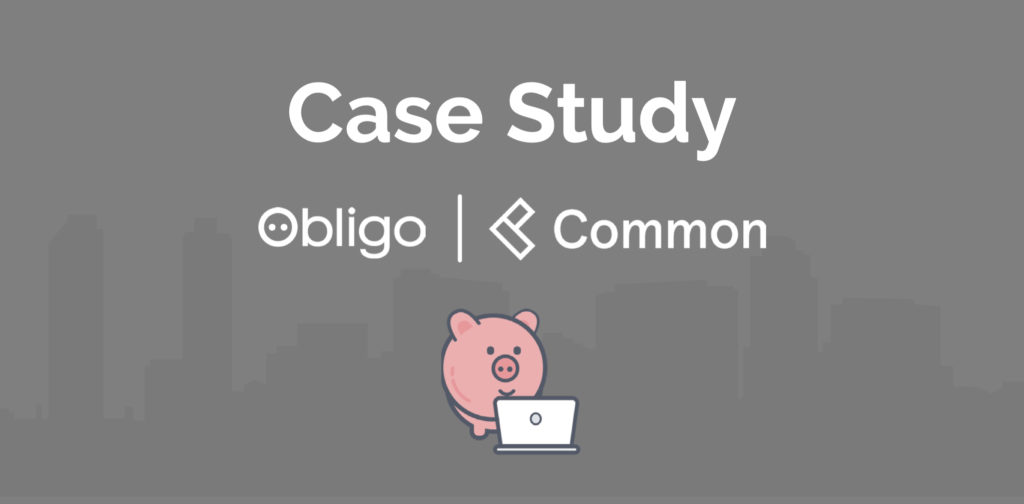Originally published by the New York Real Estate Journal on April 12, 2022.
It seems like every week you read a story about the price of goods and services reaching a new high, so it was only a matter of time before the trend came for the rental market.
New York rent prices hit a new peak this year – the median monthly rent for a Manhattan apartment in February was around $3,700, about $700 more than the previous year. And the vacancy rate in February was only 1.32%, compared to nearly 12% one year earlier.
It’s arguably more costly and more difficult for a renter in New York to find an apartment than ever before. Adding to the cost is the burden of security deposits. If you’re lucky enough to find a place, you could be facing upfront costs of around $7,500 – first month’s rent plus security deposit – before you walk in the door of your new home.
It’s no surprise that renters – and landlords – are looking for alternatives. That’s why deposit-free renting is becoming more popular here in New York City and around the world. Some of the city’s largest property management companies have already made the transition.
The advantage for renters is obvious: they get to keep money in their pocket. For landlords and property managers, the red-hot rental market might make going deposit-free seem like leaving money on the table, but the opposite is true. There are many reasons to get rid of security deposits:
– Deposit-related regulations continue to change, and the easiest way to steer clear of trouble is to eliminate deposits altogether.
– Refunding security deposits is a burden for property managers and accountants. It produces extra administrative work that does not contribute to the core business.
– Offering amenities like deposit-free living will help you remain competitive for longer, no matter how the market shifts.
If you haven’t considered switching to deposit-free renting, you’re missing out on these major benefits:
1. Unburdening your operations
Handling deposits is a tedious process. Accounting departments have to spend hours processing and refunding deposits. They are burdened with chasing down residents’ forwarding addresses and mailing paper checks, which can often get lost or returned to sender. Going deposit-free streamlines workflows and eliminates the costly operational burdens associated with deposits.
There’s a technological advantage, too. When you switch to deposit-free renting, you’ll be partnering with a vendor that can easily integrate within your PMS to save time on manual data entry.
The renter of today expects a digital move-in experience right from their phone. Leveraging new technologies and eliminating operational costs can help you move into the future and meet your renters where they’re at.
2. Easily staying compliant
Different states in the U.S. have unique deadlines for security deposit refunds, and New York has one of the tightest turnaround requirements – 14 days after a lease ends. To comply with this rule, property managers and accounts receivable departments need to react quickly. But even then, there are factors that might delay the refund and upset residents.
Going deposit-free reduces the burden on your operations team by eliminating the tight turnaround on deposit refunds. Plus, choosing a partner that can process electronic payment refunds further accelerates the process and helps you stay compliant.
3. Mitigating risk
Since security deposits exist to ensure renters are accountable, some landlords will be hesitant to make the change. You might be wondering: In this constantly evolving market, how can I trust a credit report alone to truly understand the risk profile of my potential renter?
Proptech companies will be leveraging better data and technology to ensure your renters are reliable beyond just a credit score. Open banking technology offers a real-time look at financial data rather than going backward to look at credit scores and credit data.
The evolution of tech has helped the real estate industry access exciting new data sets – like real time income visibility, rent payment history, overall payment history, and more.
Your accounts receivable team isn’t looking at open banking technology to underwrite your tenants, but your vendor partner can. And these robust financial tools allow a whole new visibility into renters’ ability to pay, which owners are very excited about leveraging.
These six buildings made the switch
Some of the largest residential buildings and property management companies in New York have already made the change.
Here are a few examples of some residential buildings in the city that have gone with a security deposit alternative: Beam Living’s Stuytown in the East Village; Cosmopolitan House in Woodside Queens; The Heritage in Harlem; 440 W 34st in Hudson Yards; 52 Clark St. in Brooklyn Heights; 409 Eastern Pkwy in Crown Heights.
Ready to learn more about going deposit-free?







Leave a Reply